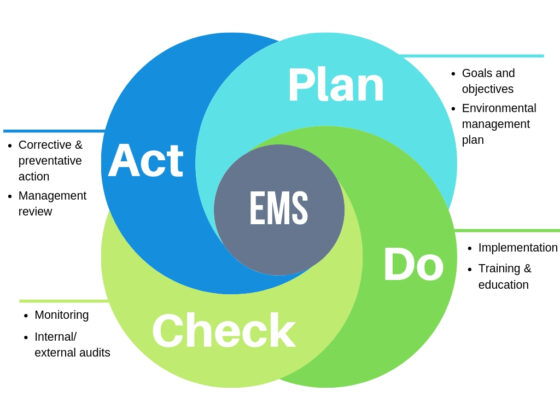Having a process to manage environmental impacts is key

Nearly every decision and action we take can affect the environment. From clearing land for construction projects to purchasing fleet vehicles, each choice has implications for our natural surroundings.
Environmental management refers to the structured frameworks and processes designed to minimize negative impacts and enhance positive outcomes on the environment.
Common examples include establishing pollution prevention systems, such as stormwater management controls to prevent runoff from entering water bodies, or implementing habitat restoration programs to support local biodiversity post-project.
The need for a robust environmental management system (EMS) is often guided by federal regulations such as the Clean Water Act, Clean Air Act, and the National Environmental Policy Act (NEPA). State and local regulations may also play a role, pushing companies to maintain rigorous environmental standards. Forward-thinking organizations, however, are increasingly setting higher benchmarks that go beyond regulatory compliance.
![]()
Key environmental management terms
- Environmental aspect – An element of an organization’s activities, products or services that interacts or can interact with the environment
- Environmental impact – A change to the environment, whether adverse or beneficial, wholly or partially resulting from an organization’s environmental aspects.
Energy Management Efficiency - Sustainability Short
Explore in this short animation how to reduce energy used on site.

Many organisations have an Environmental Management System (EMS) to structure their processes and procedures.
The most common framework for an EMS is ISO 14001, the internationally accepted and well-established ISO Standard for environmental management. It encourages a philosophy of continual improvement – the Plan, Do, Check, Act cycle.
The principles of environmental management are also incorporated into sustainability assessment schemes in the US, notably LEED (Leadership in Energy and Environmental Design). Additionally, organizations such as the US Green Building Council provide guidance on environmental best practices, which can help identify improved site environmental practices.
Environmental management
Getting Value out of your EMS
E-learning module
Sustainability strategy
Introduction to Sustainability in the Built Environment
E-learning module
Environmental management
ISO 14001:2015 Environmental Management System Implementation Guide
Document/Presentation
Environmental management
Integrating ISO 9001 and ISO 14001
Web link

The quality of the air we all breathe often gets…

Changing the mindset from 'waste' to 'resources' and improving efficiency…

Monitoring and addressing water consumption and use helps to reduce…

Nature is the term used to describe the variety and…

There is huge opportunity for the built environment industry to…

 45 minutes
45 minutes